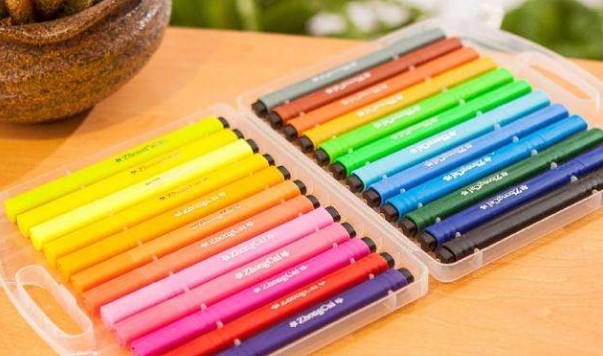
- HOME
- ABOUT US
- OUR SERVICES
- LABORATORY
- QUALIFICATIONS
- CONSULTING CENTER
- CUSTOMER GARDEN
- 中/EN

As a stationery product frequently used by students every day, its product quality directly affects children's physical health and even life safety. The quality and safety control of stationery is becoming increasingly strict. The European Commission officially announced EN71-9: Organic Chemicals Requirements on February 25, 2005.
The standard GB21027-2007 "General Requirements for Safety of Student Supplies" jointly issued by multiple ministries and commissions was officially implemented on April 1, 2008, which put forward standard requirements for stationery safety and the basis for stationery testing standards. The General Requirements are mandatory universal standards, and products that do not comply with technical specifications and safety standards will not be sold in the market.

Specific content of the General Safety Requirements for Student Supplies
Regulations have been made on the maximum limits of transferable elements such as antimony, arsenic, barium, cadmium, chromium, lead, mercury, and selenium;
It is stipulated that the benzene content in the organic solvent of altered products should not contain chlorinated hydrocarbons;
Regulations have been made on the content of free formaldehyde, benzene, and xylene in adhesives;
The formaldehyde content in stationery shall not exceed 300mg/kg;
Regulations have been made on the content of aromatic amines in dyes used in student supplies;
The brightness limit for students in this textbook;
Safety regulations have been established for the size of pen caps;
Regulations have been made for the edges of handmade scissors, blades, pencil sharpeners, drawing rulers, stationery boxes, etc.
Stationery testing content
Physical testing
Pen testing
Dimensional inspection, functional and lifespan testing, writing quality, special environment testing, safety testing of pen cases and caps.
Paper testing
Weight, thickness, smoothness, breathability, roughness, whiteness, tensile strength, tear strength, pH measurement, etc.
Adhesive testing
Viscosity, cold and heat resistance, solid content, peel strength (90 degree peel and 180 degree peel), pH value determination, etc.
Other tests such as staplers, punching machines, etc
Generally, verification of size and functionality, as well as the hardness, rust resistance, and overall impact resistance of metal components, can be conducted.
chemical test
American Hazardous Art Materials Labeling Regulations (ASTM D-4236 LHAMA)
British Pencil and Drawing Tools 1998 S.I. 2406- Toxic Elements in Writing Instruments
Chemical Safety Data Sheet (MSDS)
Toxicity Risk Assessment (TRA)
Microbial limit testing (USP 61, BP/EP 16B)
Cadmium Content Test (EU Reach Test Annex XVII item 23)
Lead content testing (EU REACH Annex XVII item 63, CCPSA SOR/2018-83)
Phthalate testing (EU REACH Annex XVII items 51&52, USCPSIA, CCPSA)
Efficacy testing of preservatives (USP 51, BP/EP 16C)
Guidelines for Hazardous Liquid Chemicals in Children's Products in the United States (16 CFR 1500.231)
Hazardous substances in products requiring special labeling in the United States (16 CFR 1500.14)